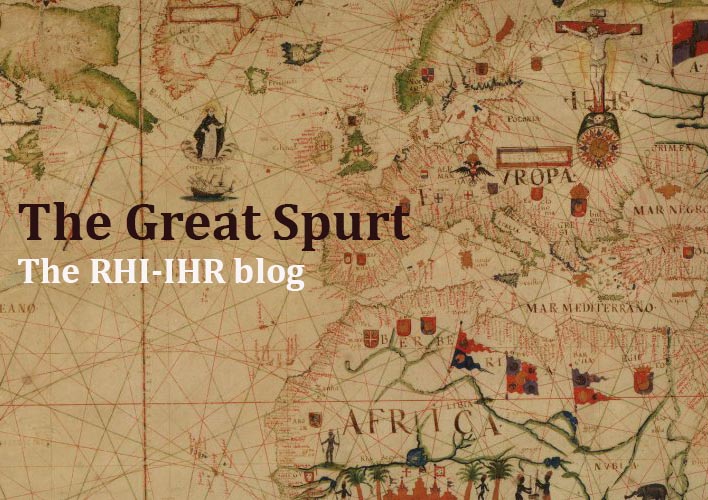Submissions
Submission Preparation Checklist
As part of the submission process, authors are required to check off their submission's compliance with all of the following items, and submissions may be returned to authors that do not adhere to these guidelines.- The paper has not been published / submitted to another journal and is not being reviewed by another journal
- The main-text file has been submitted in one of the following formats: Microsoft Word, RTF o WordPerfect
- If applicable, contributions cited in the reference list at the end of the article include their URL – for example, for working papers or unpublished material and documents available online.
- The text font should be size 12, 1.5 line spacing, and use italics instead of underlined (except from URLs). All figures and tables should be placed where they belong within the text, NOT at the end of the manuscript.
- The paper file should be prepared so that it can guarantee a double-blinded review: the title page and any information concerning the author(s) should be omitted from this file and just compiled through the online submission form (see below).
Copyright Notice
We have been applying a Creative Commons Attribution license (CC-BY) since 2019, before that year we had a partial open access policy, which included open access for the first two months after publication, followed by an embargo policy for non-subscribers, as access to the last 4 published issues was restricted to journal subscribers. In contrast, early-view articles were always open access prior to publication in an assigned volume. Until 2024 the access to the last 4 published numbers was restricted to those who were subscripted to the journal.
The author(s) assign all copyrights to the publisher of this journal. Creative Commons.
The author(s) agree with the following terms:
This assignment of rights means that the author(s) have granted to the publisher the exclusive right to publish and reproduce the Article, or any part of the Article, in print, electronic and all other media, in any form, in all languages, throughout the world, for the full term of copyright. Yet, RHI-IHR allows authors to send the published version of their articles accepted for publication to institutional open access repositories.
The publisher will issue the relative text under the Creative-Commons licence, which allows sharing the Article with third parties, subject to the acknowledgement of its authorship, its publication within this journal, and the relative copyright agreements.
All the articles and reviews are in open access through the website of the RHI-IHR.
License
The journal Revista de Historia Industrial-Industrial History Review provides immediate and free access to the full text of articles, following the principles of the open access movement, according to which anyone can read, download, copy, distribute, print, search or link to the full text of articles, crawl them for indexing, pass them as data to software, or use them for any other lawful purpose. An appropriate authorship credit must be provided.
The journal RHI-IHR does not apply any fee either for manuscript submission or article publication, encouraging scientific dissemination.

This work is licensed under a Creative Commons Attribution 4.0 International License.
Privacy Statement
| Body responsible | Office of the General Secretary of the University of Barcelona |
| Objective | If you register as an author or reviewer, the objective will be to organize the completion of the different functions associated with the journal to which you register. If you register as a reader, the objective will be to send you information about the journal to which you register. |
| Legitimate basis | Consent of the interested party |
| Target audience | The University and those responsible for the processing, if applicable. The transfer of data to third parties is not covered, except when there is a legal obligation. |
| Rights | Right of access, right to rectification, right to erasure of your data, right to request data portability and restriction of processing. |
| Additional information | For further information, please visit this link: http://hdl.handle.net/2445/122803 |

 Sources: own elaborations from Barro and Lee (2013). Notes: country borders are as of 2008.
Sources: own elaborations from Barro and Lee (2013). Notes: country borders are as of 2008.


